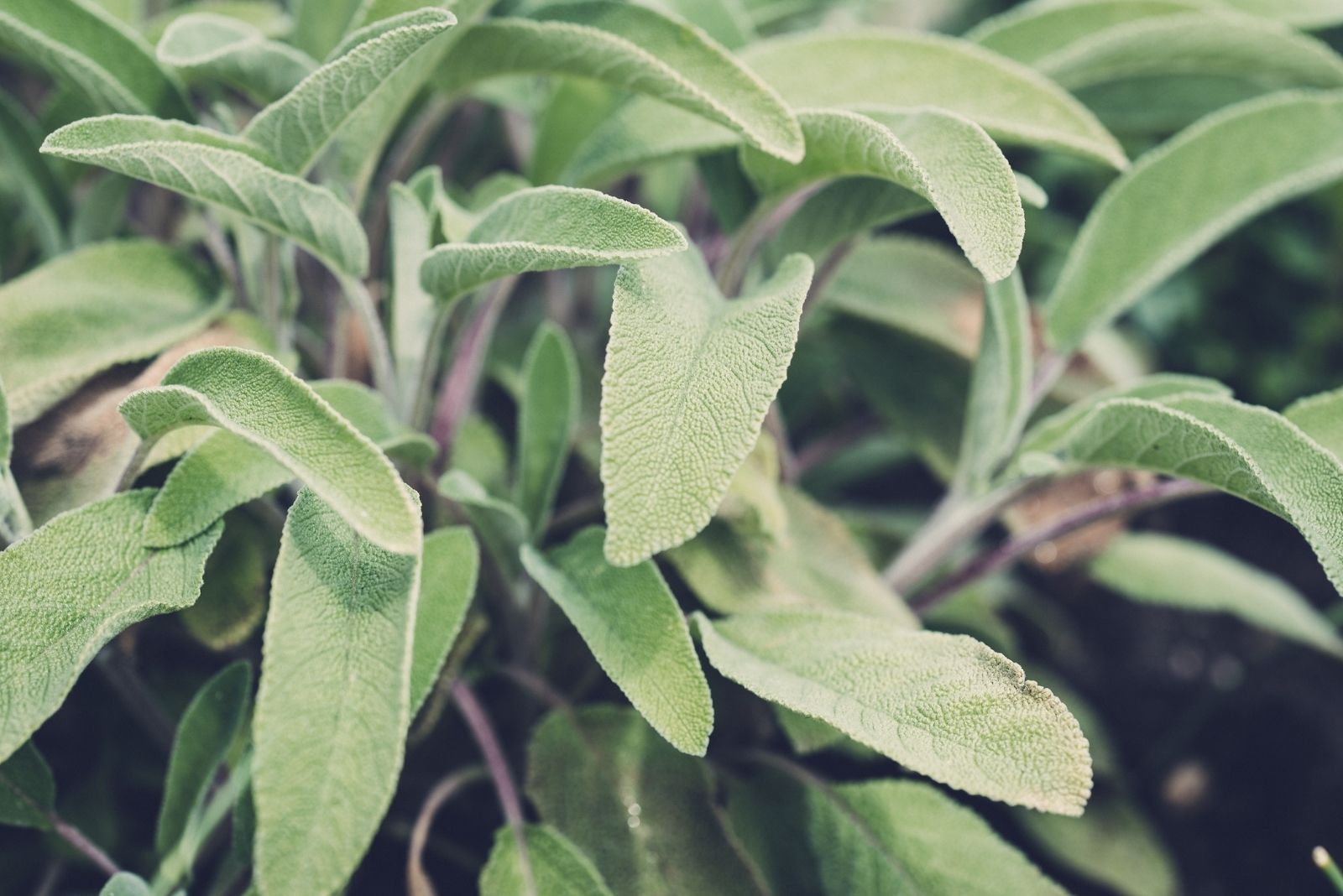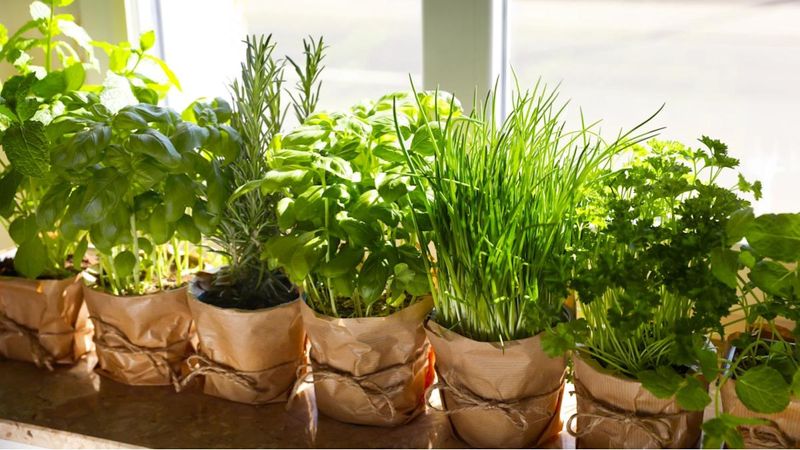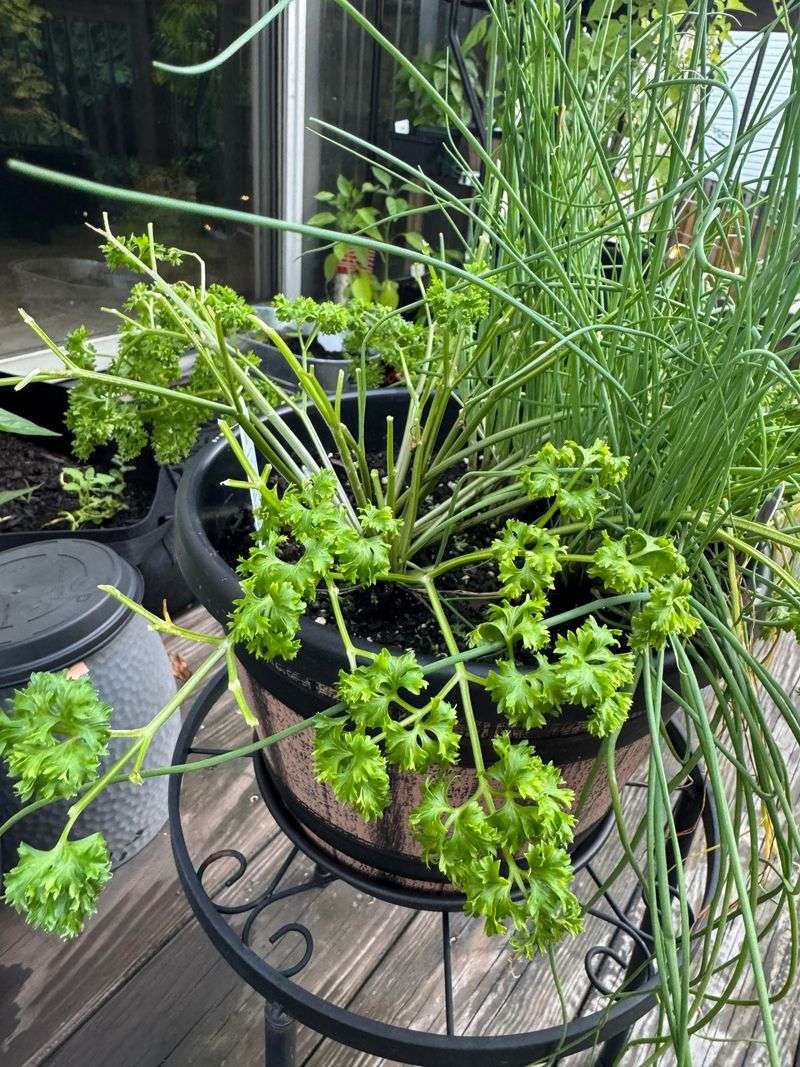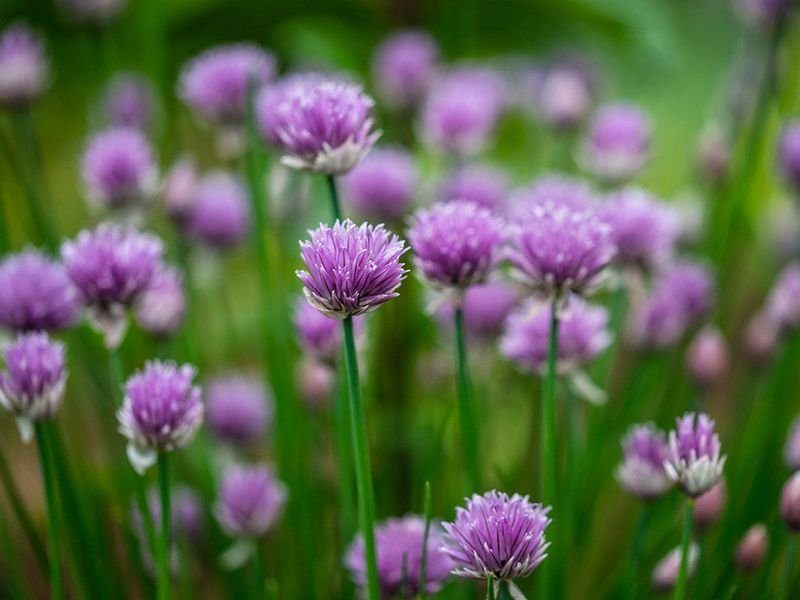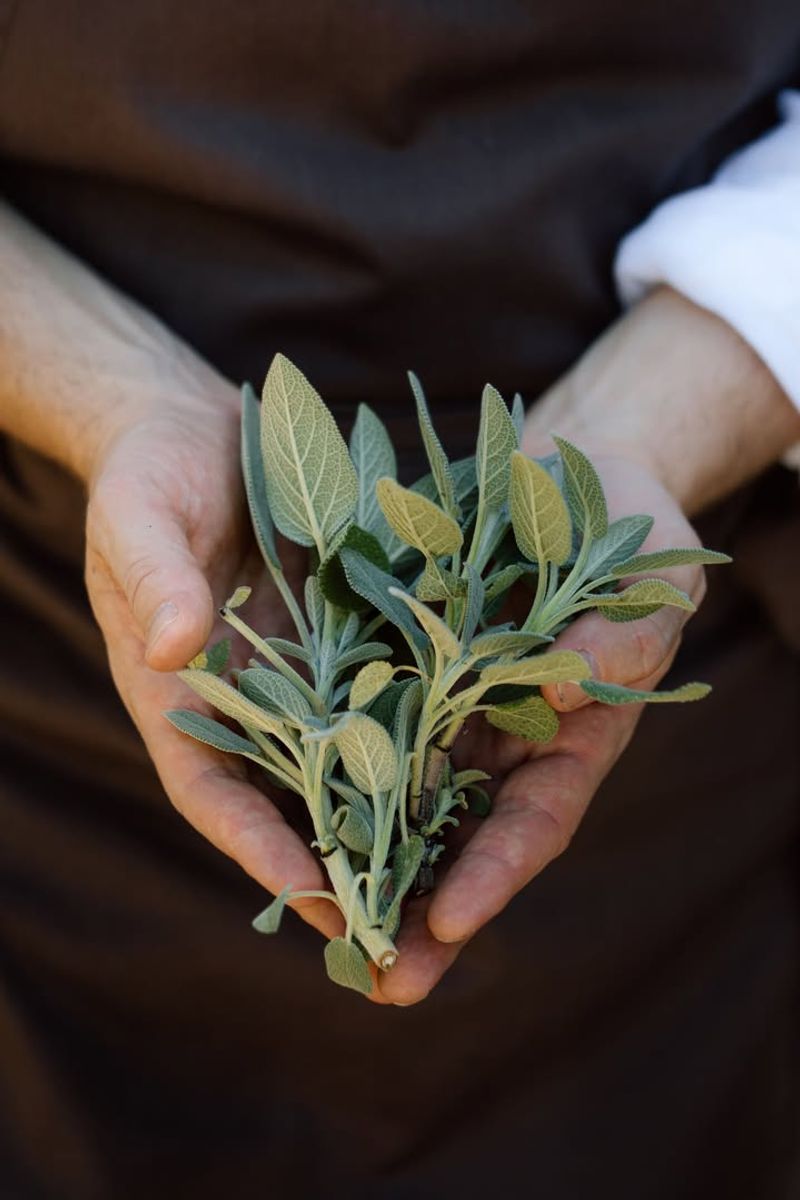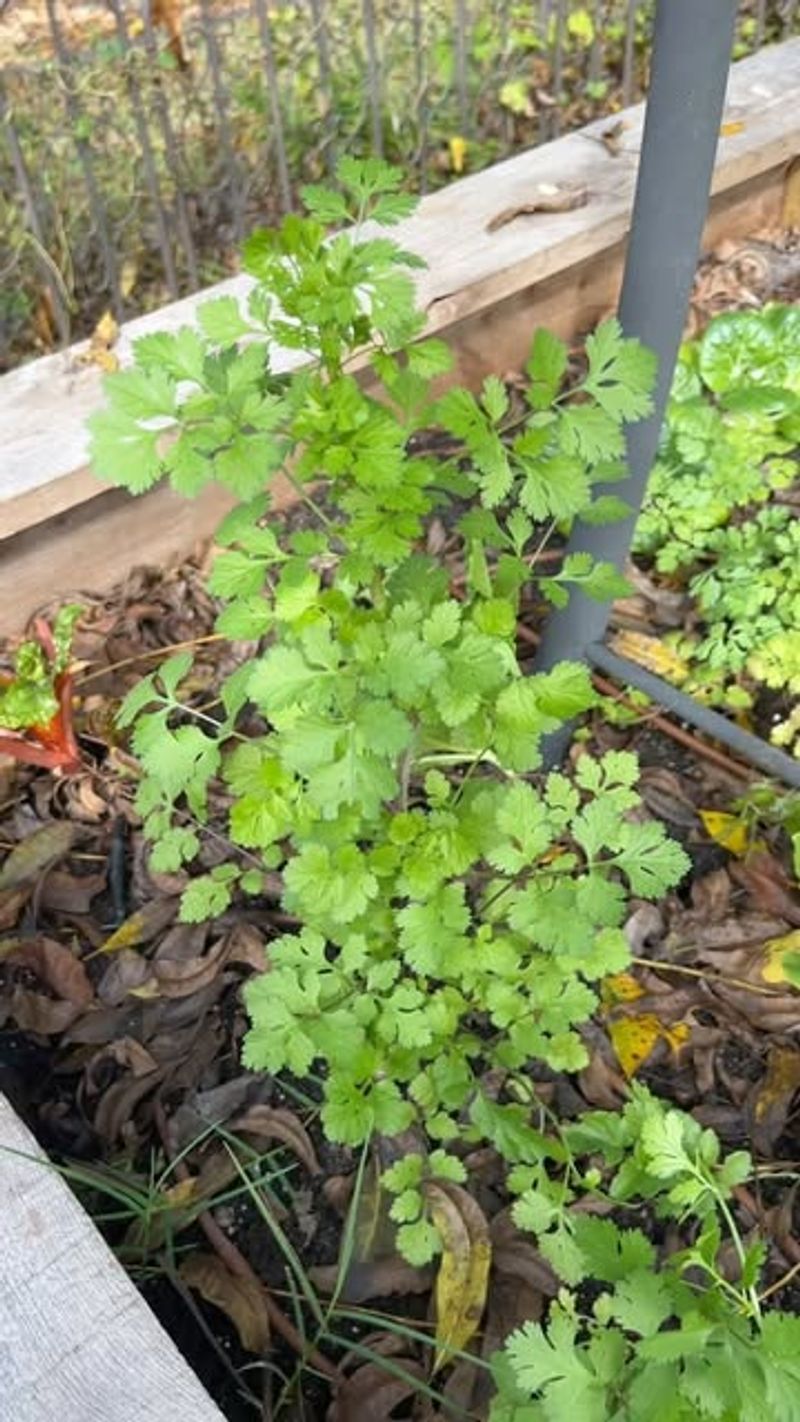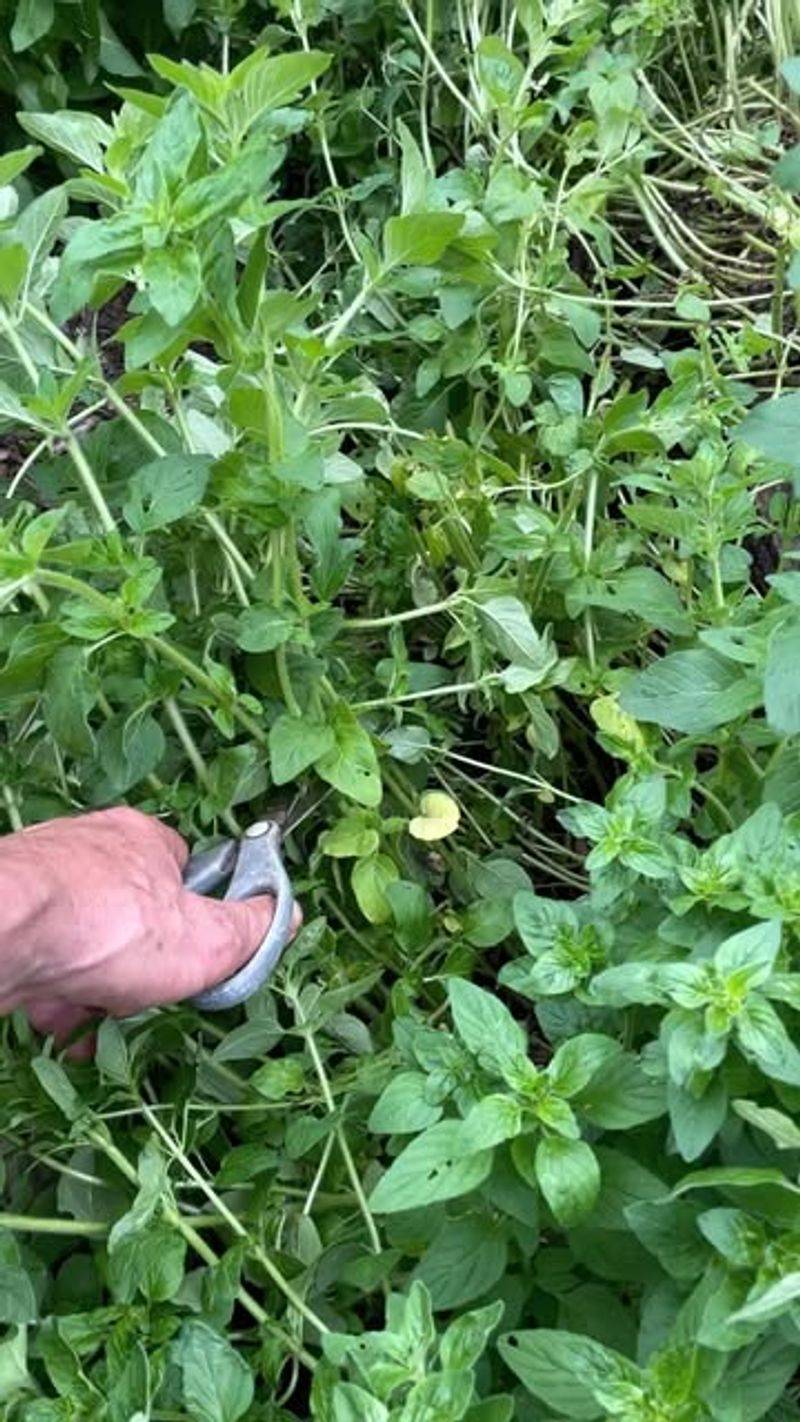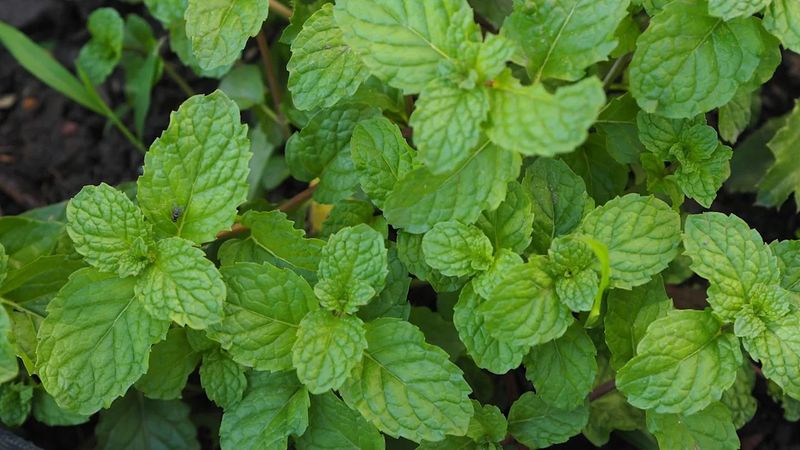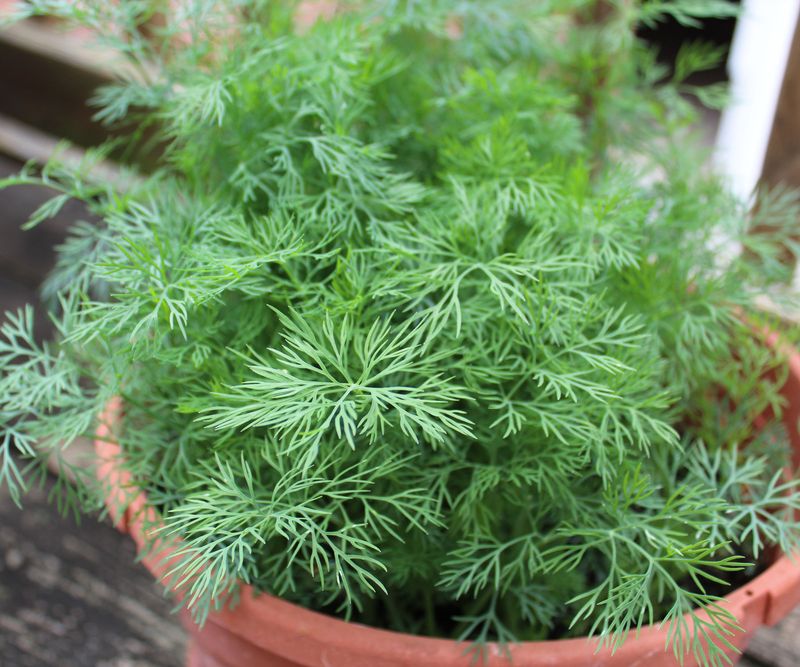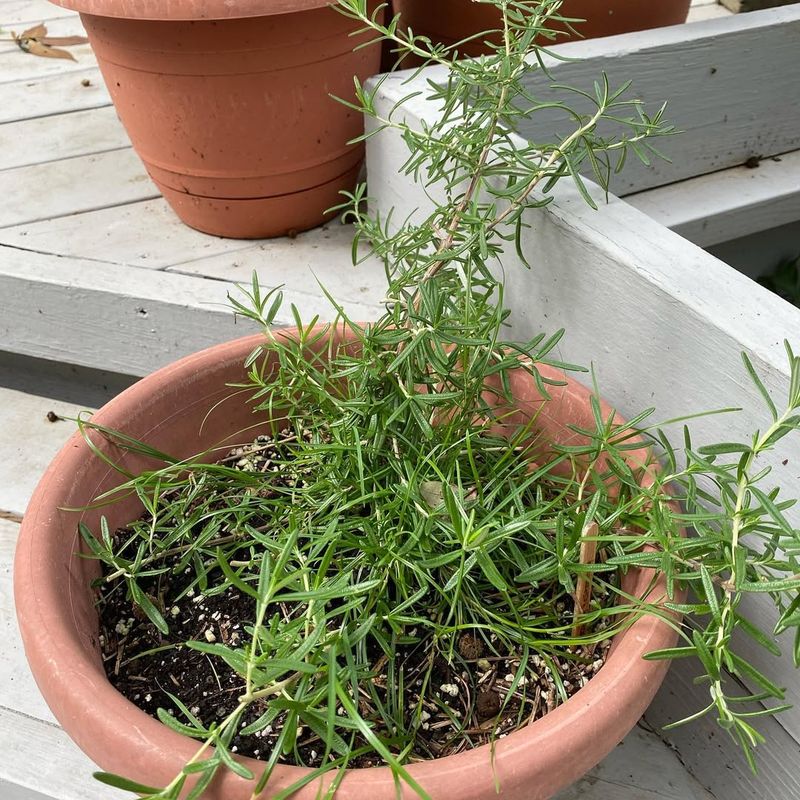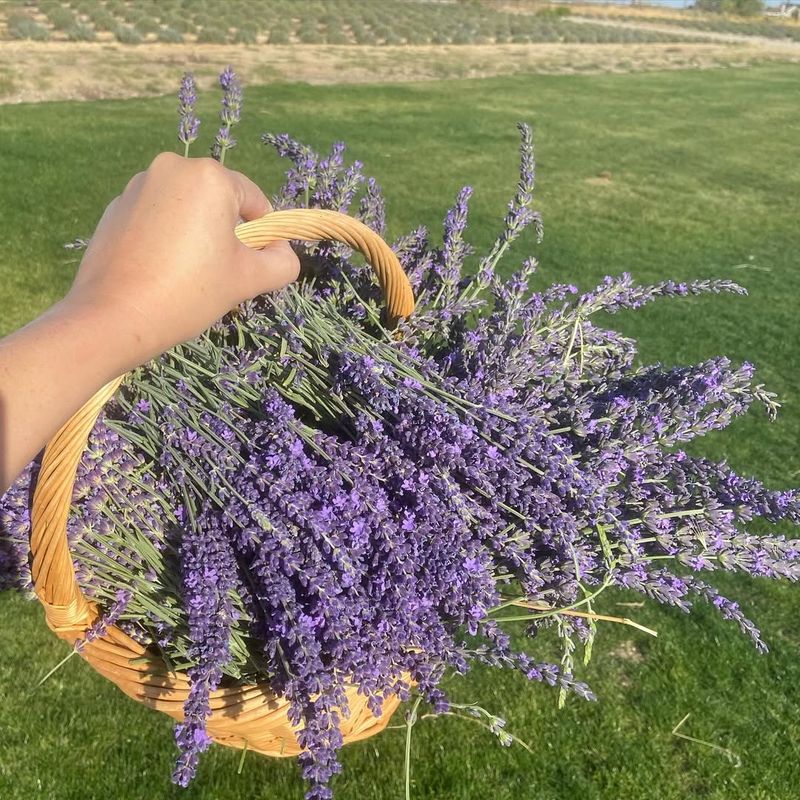Idaho’s fall season brings cooler nights and shorter days, creating a perfect window for planting herbs that can establish strong roots before winter arrives. The first frost usually hits between late September and mid-October across most of the state, so timing matters.
Getting herbs in the ground now means you’ll have hardy plants ready to thrive come spring.
1. Thyme Handles Idaho’s Cold Snaps With Ease
Thyme is one of those herbs that seems almost happy when temperatures drop. It thrives in Idaho’s fall conditions, growing low to the ground and spreading slowly but surely. The cooler weather helps it develop a stronger flavor that carries through winter.
Plant thyme in well-drained soil with plenty of sunlight, spacing each plant about eight inches apart. It doesn’t need much water once established, making it ideal for Idaho’s drier fall months. A light mulch layer helps protect roots during sudden cold snaps.
In my experience, thyme is one of the few herbs that survives well past Halloween. I like keeping a small patch near the kitchen steps for easy snipping during chilly evenings.
2. Why Parsley Deserves A Spot In Your Fall Beds
Parsley grows surprisingly well when planted in autumn, and it actually prefers the cooler temperatures Idaho offers this time of year. The moderate climate allows seedlings to establish without the stress of summer heat. Both curly and flat-leaf varieties work beautifully in fall gardens.
Choose a spot with partial shade and rich, moist soil for best results. Space plants about ten inches apart and water regularly until the ground begins to freeze. Parsley can handle light frosts without much trouble.
For me, this one always feels like the last burst of green before winter. I often cover mine with a cold frame, and it keeps producing fresh leaves well into November.
3. Chives Keep Growing Long After Other Herbs Fade
Chives are incredibly resilient and continue producing even as frost threatens. Planting them in fall gives the bulbs time to settle in before winter dormancy. They’ll pop back up early in spring, often before the snow has fully melted across Idaho.
Plant chive bulbs about six inches apart in well-drained soil with full sun exposure. They tolerate a wide range of soil types but prefer slightly acidic conditions. Water them in well after planting, then let nature take over.
I always plant a row along the garden edge because they’re one of the first things I can harvest come March. Their purple blooms are a bonus that pollinators love.
4. Sage Loves The Cool, Crisp Air Of October
Sage thrives when planted during Idaho’s cooler months, developing deeper roots and stronger stems. The crisp October air seems to bring out its best growth, and the plants become more drought-tolerant as they mature. It’s a perennial that will return year after year if treated right.
Give sage plenty of space—about eighteen inches between plants—and choose a sunny location with sandy or loamy soil. Avoid overwatering, as sage prefers drier conditions once established. A little compost mixed in at planting time helps it get started.
In my own Idaho garden, sage has become a staple I can count on. It’s always satisfying to see those silvery leaves holding strong as the first snow begins to fall.
5. Cilantro Actually Prefers Cooler Weather
Most people don’t realize cilantro grows best when temperatures drop, making fall the perfect planting season in Idaho. It bolts quickly in summer heat, but cooler conditions slow that process and extend the harvest. You’ll get weeks of fresh leaves before the ground freezes solid.
Sow cilantro seeds directly into loose, fertile soil with good drainage. Space them about six inches apart and water consistently until they sprout. Cilantro appreciates partial shade during the warmer parts of fall days.
I’ve had my best cilantro harvests in October and early November. It’s one of those herbs that rewards patience and cooler weather with intense flavor and steady growth.
6. Oregano Establishes Strong Roots Before Winter
Oregano planted in fall has time to develop a deep root system before winter dormancy sets in. This makes it more resilient come spring, and it’ll bounce back faster than spring-planted herbs. Idaho’s fall soil temperatures are ideal for root growth without stressing the plant.
Plant oregano in a sunny spot with well-drained soil, spacing each plant about twelve inches apart. It doesn’t need much fertilizer and prefers slightly drier conditions. Mulch lightly to protect roots during the coldest months.
For me, oregano is one of those dependable herbs that never disappoints. I keep mine near the tomato bed, and by summer, it’s practically overflowing with fragrant leaves.
7. Mint Spreads Easily And Survives Idaho Winters
Mint is nearly impossible to kill once it’s established, and fall planting gives it a head start. It spreads aggressively, so many gardeners plant it in containers to keep it under control. Idaho’s winter cold doesn’t faze mint—it’ll come back strong every spring.
Plant mint in moist, rich soil with partial shade for best results. If planting in the ground, consider using barriers to prevent it from taking over. Water regularly, especially during dry fall weeks.
I’ve learned the hard way to keep mint contained. But despite its wandering ways, it’s one of the most reliable herbs I grow, always ready for tea or mojitos.
8. Dill Grows Fast And Tolerates Light Frosts
Dill is a fast-growing herb that handles light frosts surprisingly well, making it a great choice for Idaho’s fall gardens. It prefers cooler weather over summer heat, and the shorter days help prevent premature flowering. You can harvest fresh dill right up until a hard freeze.
Sow dill seeds directly into the soil, spacing them about twelve inches apart in a sunny location. It prefers loose, well-drained soil and doesn’t transplant well. Water moderately and avoid heavy fertilization.
I always plant dill near my cucumbers and squash. It’s one of those herbs that feels almost too easy to grow, yet it adds so much flavor to fall meals.
9. Rosemary Needs Protection But Rewards The Effort
Rosemary isn’t as cold-hardy as some herbs, but with a little extra care, it can survive Idaho winters. Fall planting allows it to establish before the coldest months arrive. Choose a sheltered spot or plan to bring potted rosemary indoors when temperatures drop below freezing.
Plant rosemary in sandy, well-drained soil with full sun exposure. Space plants about two feet apart if planting multiples. Water sparingly, as rosemary prefers drier conditions and can rot in overly wet soil.
In my garden, rosemary lives in a large pot I move to the garage when snow threatens. It’s worth the extra effort for fresh rosemary all winter long.
10. Lavender Settles In For A Strong Spring Start
Lavender benefits from fall planting because it has time to develop roots before winter dormancy. While not all varieties handle Idaho’s cold, English lavender is hardy enough for most areas. The cooler weather reduces transplant shock and helps plants adjust to their new home.
Choose a sunny spot with sandy, well-drained soil and space plants about two feet apart. Lavender hates wet feet, so avoid overwatering. A layer of gravel mulch helps with drainage and protects roots from freezing.
For me, lavender is the scent of summer waiting patiently through winter. Seeing those silvery leaves hold on as the snow begins to fall always feels like a small victory.

